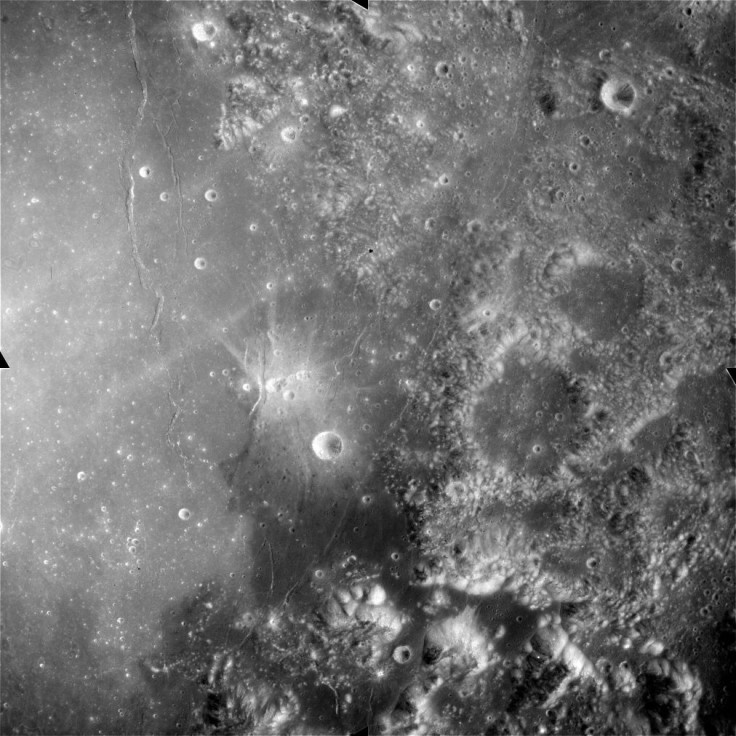LOOK: Orion Captures Intense Close-Up Photos Of Moon's Rugged Surface
KEY POINTS
- NASA shared stunning close-up photos of the Moon, taken by Orion
- They are the "closest photos of the Moon from a human-rated vessel since Apollo"
- Orion is set to enter the distant retrograde orbit Friday
The Orion spacecraft, which snaps incredible photos as it cruises on its journey to the Moon and back, has recently captured some intense-looking pictures of the Moon's surface.
Orion is on an important mission, but it doesn't mean that it does not have time to take in and enjoy the view. NASA shared some more incredible photos captured by Orion on Instagram, this time of the stunning surface of the Moon on its sixth day on the mission. In fact, these are said to be "the closest photos of the Moon from a human-rated vessel since Apollo."
"No crater photos than these," NASA posted. "This photo was taken using Orion's optical navigation system, which captured black-and-white images of the Earth and Moon in different phases and distances. This vital technology demonstration on the Artemis I flight test will help prove its effectiveness for future crewed missions."
In the images, one can see the rather-intense looking surface of the Moon, with its many deep craters of varying sizes fully in view. Two of the images show the deep "blackness of space," while the other two show even closer photos of the Moon, complete with craters as well as meteor and asteroid impact marks.
These photos, along with other photos of the Moon's surface as captured by Orion, are available on NASA Johnson Space Center's Flickr account. There, one may also view the videos captured by Orion during its mission as well as some other important images from NASA such as photos of the astronauts aboard the International Space Station (ISS).
Orion is currently inching closer toward entering the distant retrograde orbit, which is set to happen Friday.
"Due to the distance, the orbit is so large that it will take the spacecraft six days to complete half of a revolution around the Moon before exiting the orbit for the return journey back to Earth," NASA noted.
So far, it has completed the sixth and final trajectory correction burn before entering this orbit. It will also complete three "orbital maintenance burns" once it's already within lunar orbit to keep it on its course, NASA said.
Those who would like to witness its insertion into the distant retrograde orbit may watch it live via NASA's official YouTube channel. The maneuver is scheduled for 4:52 p.m. EST on Friday, but coverage will start at 4:30 p.m.

© Copyright IBTimes 2025. All rights reserved.






















